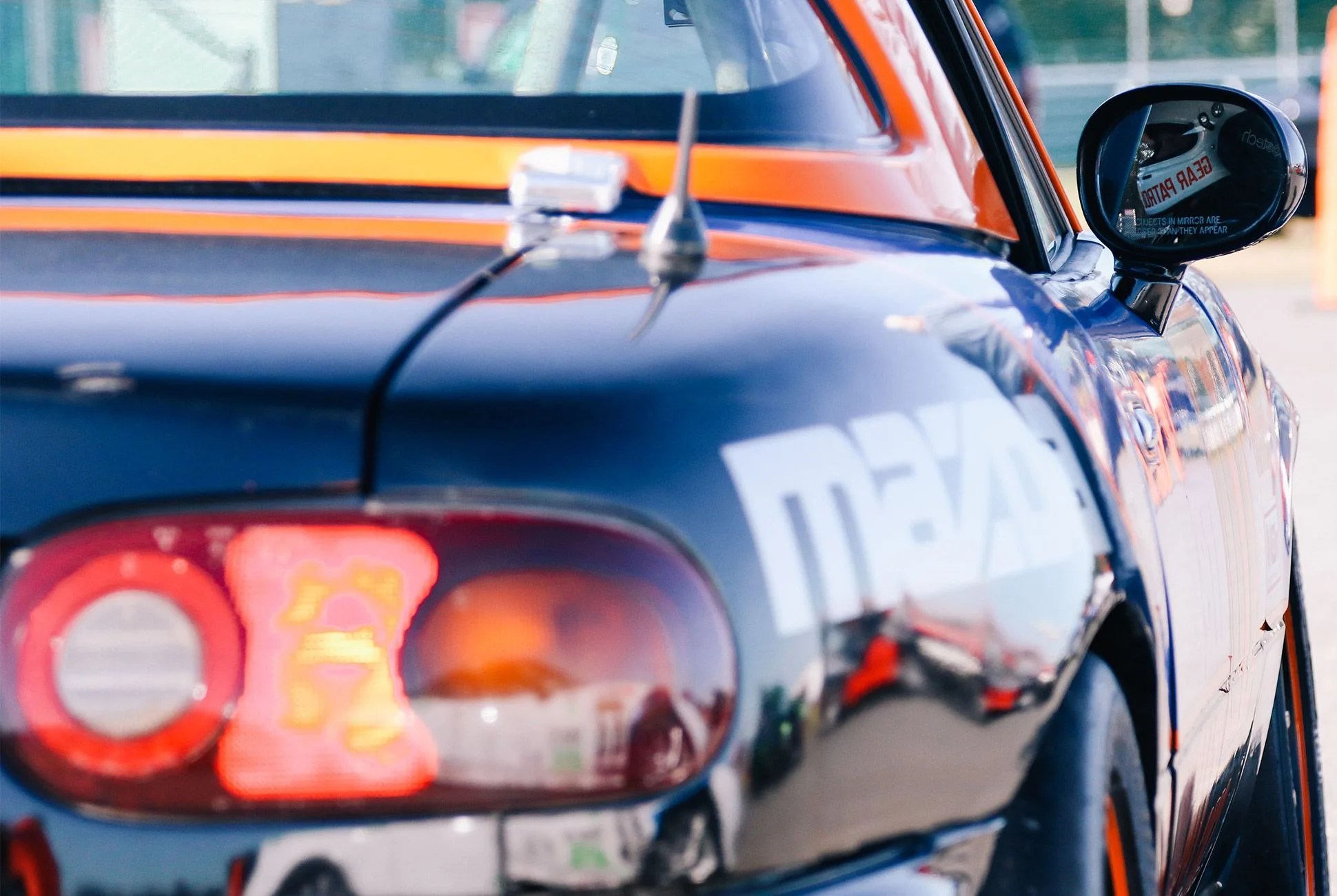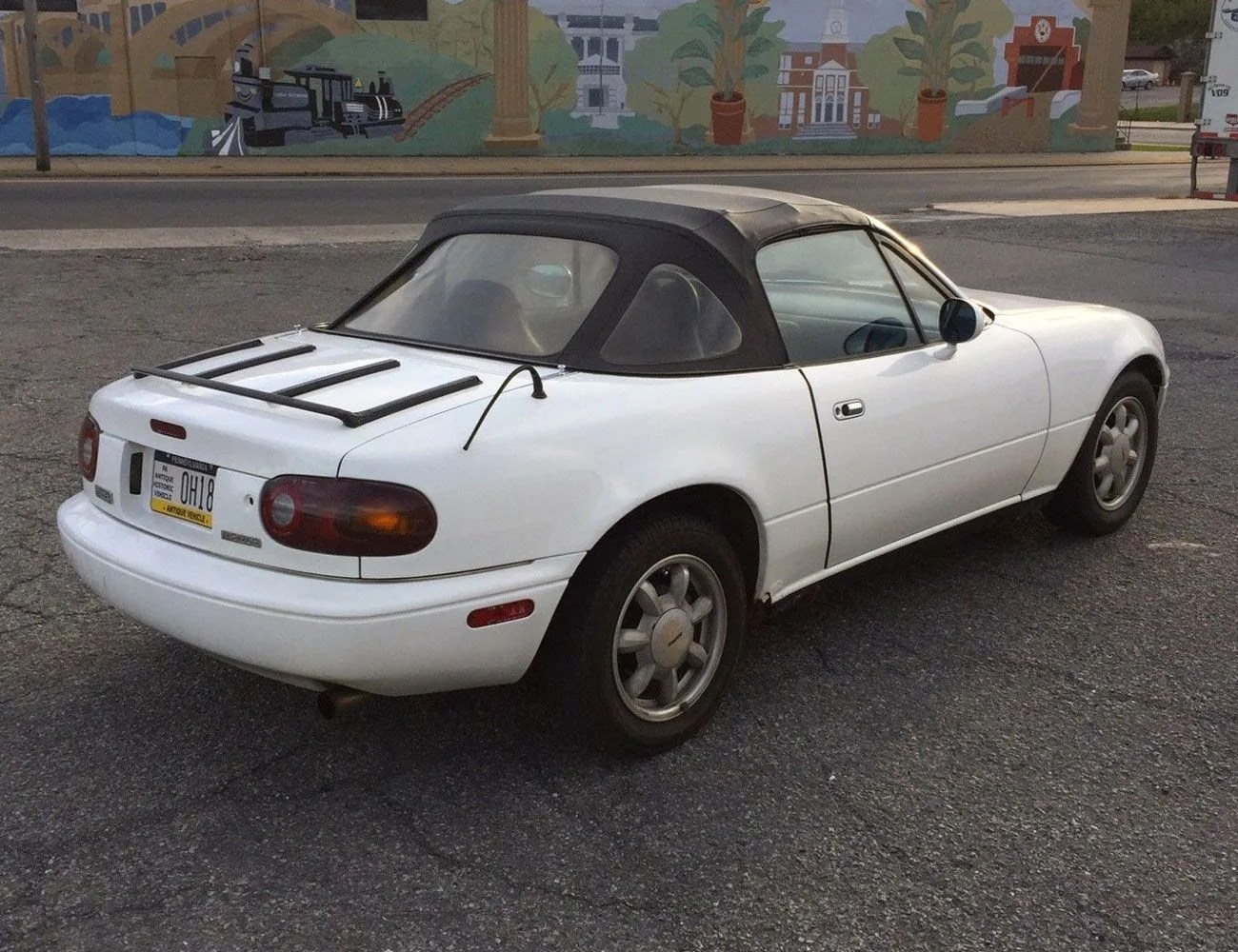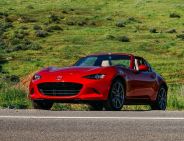12 photos
We’re entering an intriguing era of vintage sports cars. Because most states classify vehicles that are 25 years or older as antiques, classics or vintage cars, that distinction is now falling on late-’80s and early ‘90s cars. We’ve become accustomed to lusting after multi-million dollar Italian and German classic sports cars like Ferraris, Alfa Romeos and Porsches, but it was the ‘90s when Japanese performance cars came into their own. And one car in particular is standing out amongst all the others: the Mazda Miata — a vintage car for the people. It didn’t have out-of-this-world horsepower, they don’t currently go for six figures, they’re still in production today and they’re pretty much everywhere. But that’s what makes the Mazda Miata the best vintage sports car you can buy right now.
One of the main draws of vintage sports cars is that, completely unlike modern cars, they are meant for one purpose only: to be driven. They’re analog, basic machines that don’t ask you to answer calls, cycle through apps or drive modes or fiddle with the color of your interior lighting. Their purpose is the joy of driving, and if that’s what you pine for, the first generation Miata is one of the most affordable ways to get your fix — a “gateway” car, if you will.
If you’re looking to buy into a new Miata now to turn a profit 30-50 years down the road, don’t hold your breath. From 1990-1992 (the model years that currently qualify as vintage) 116,559 Miatas were built and, in total (through 1997) 215,364 first-generation Miatas rolled off the line. So why, then, is the Miata so special? Sure it’s relatively ubiquitous and incredibly affordable, but above all it’s fantastically fun to drive. A literal cheap thrill.
“Ever since its introduction into mainstream America in 1989, it was this new great thing — a small sports car with a ragtop.”
Nick Leverone, a tall, slender middle-aged guy who speaks with the weight of experience and a slight Boston accent, owns and operates Flatout Motorsports meaning he also builds, works on and races Miatas for a living. Every day, Leverone sees what makes the Miata so special; he witnesses the culture that surrounds the little roadster almost every race weekend. “Clearly, it’s a cult car. Ever since its introduction into mainstream America in 1989, it was this new great thing — a small sports car with a ragtop. For years, it was one of the only roadsters out there, and it’s been really popular because it has double wishbone suspension, it’s well balanced, it makes decent power for its size and it’s a great handling car.” Just like modern small-engine, compact motorcycles are in a boom of their own, the Miata’s approachability and beginner-friendly attitude make it appealing.
Beyond collectability and everyday driving, the other side of the sports car coin is racing. It’s no secret that motorsport is the type of weekend outing where deep pockets are required, but the Mazda relentlessly brings its shining qualities from the road to the track. Which is where, around the country, on any given Sports Car Club of America (SCCA) race weekend, there is an entire category dedicated to fielding only Miatas built to strict rules that keep them relative stock, called Spec Miata. “It’s the perfect car to start with. The cost of the car, up front, is fairly inexpensive, and everything about it — the cost of entry, the cost to build a car, the cost to maintain the car, the cost of a crash — makes it a very popular class for people. Because something like a set of brakes costs $350 and not $3,500 like it does for a Porsche GT3 cup car.” But Leverone maintains simplicity is key to the Miata’s success on and off the track: “the beauty of the car and this class is that you can bolt in a [new] suspension, put a roll cage in the car, put some safety items it and race it. It handles well natively. We really don’t do too much to it from a handling point of view.” Once you get past the relatively low economic bar for entry, the car itself is just as inviting, even for a complete racing amateur — myself included.














